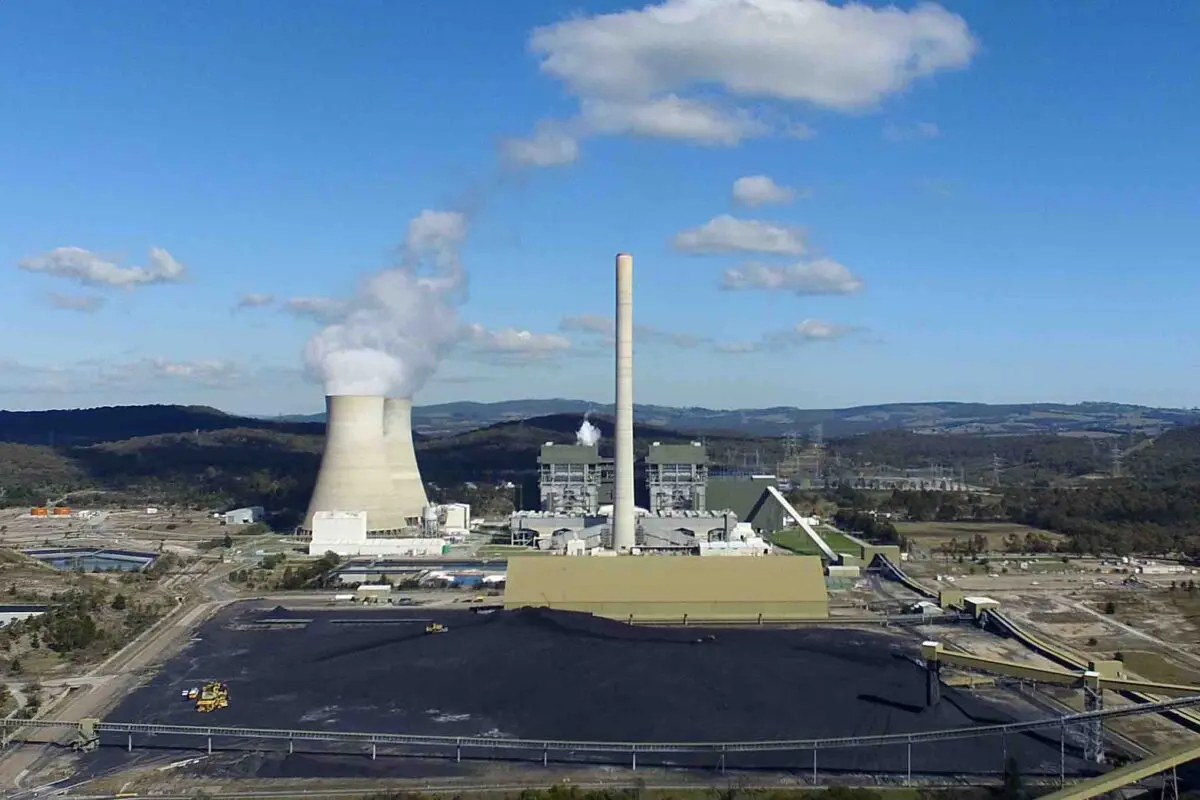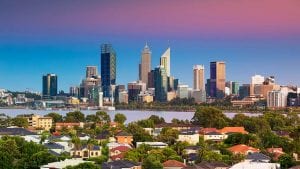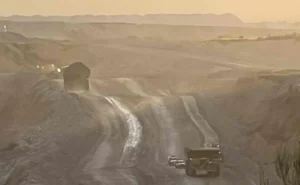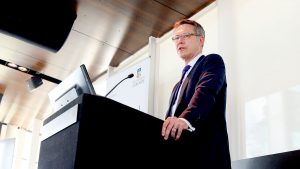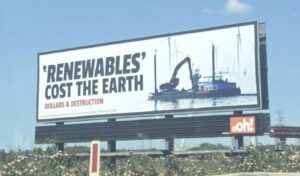The NSW state government has given top priority to three transmission projects and three pumped hydro projects as it races to ensure enough capacity is in place to allow the closure of its remaining coal fired power stations over the next decade.
Just a month after controversially agreeing to pay Origin Energy up to $450 million to keep the Eraring power station open for at least another two years, the state Labor government says it has declared six projects to be Critical State Significant Infrastructure (CSSI) because of their importance to the energy transition.
“I have declared these six important projects as Critical State Significant Infrastructure as they are significant to the NSW economy, society and the environment,” planning minister Paul Scully said in a statement.
“The substantive increase in renewable energy proposals signals trust from the wider industry in our Government’s capacity to move projects through the planning system.”
NSW has come under intense criticism for delays in its planning process, with clean energy investors saying it has taken up to 10 years to get a wind project approved.
These planning delays, the lack of any new investment by Origin Energy, and the fear of higher wholesale electricity prices going into the next state election, are seen as the main causes for the extension of Eraring, the country’s biggest coal plant at 2.88 GW.
Scully said the Minns Labor government has approved 24 renewable energy state significant development assessments since it came to power in early 2023.
He said “up to” 30 renewable energy projects are currently under assessment and a further 87 projects, including solar, wind, battery storage and pumped hydro projects are at various stages in the planning pipeline.
The six new CCSI projects include the transmission requirements for the New England Renewable Energy Zone (REZ), which has been the target of a bitter campaign led by the local federal MP Barnaby Joyce and one of the reasons why the Nationals now want to stop new wind and solar projects, threaten to tear up contracts, and go nuclear.
The other transmission projects given priority by Scully include the new interconnector with Victoria that will link another two contested projects, the Western Victoria transmission line and the Humelink project in NSW.
There is also the transmission line that will link Mt Piper (the home to one of the remaining coal fired power generators) to Wallerawang (the home of a now shuttered coal generator) that forms part of the Central West Orana REZ.
The three pumped hydro projects are also interesting. They include Yancoal’s Stratford project that will combine 3,600 MWh of pumped hydro and 330 MW of solar at the site of the coal mine that is due for closure this year.
- The other pumped hydro projects are the Lake Lyell facility proposed by EnergyAustralia next to the Mt Piper coal fired power station, and AGL’s 3,200 MWh Muswellbrook pumped hydro project that will use a pit at the shuttered Muswellbrook coal mine in the Hunter Valley and an upper reservoir at nearby Bells Mountain.
That project is located just 11 kms from the shuttered Liddell coal generator. The federal Opposition has targeted both the Liddell and Mt Piper facilities as locations for their planned large scale nuclear power plants, but the owners say they are not interested and are getting on with their own plans to use the transmission capacity.
AGL’s partner in the project, Idemitsu Australia, says pumped hydro is part of the country’s renewable energy future.
“It demonstrates a genuine opportunity for post mining land use that creates significant ongoing value to NSW, along with direct employment and economic benefits to the regional communities of the Hunter Valley,” CEO Steve Kovac said in a statement.
What’s not yet clear is the market mechanism that will enable pumped hydro to be built. The NSW state government has held a series of tenders for “long duration” storage, which it defines at eight hours of storage.
But these tenders have so far only contracted eight hour batteries, and one compressed air storage facility in a mine near Broken Hill. The federal government’s Capacity Investment Scheme is also unlikely to support any pumped hydro projects because the time lines are too short.
It is thought that the NSW government’s Energy Security Corp could provide support for pumped hydro through other means such as grants or financing, but the mechanics of these proposals have yet to be established.
Australia currently has two pumped hydro projects under construction – the federal government owned and funded Snowy 2.0, which is both massively delayed and over budget, and the Genex Power owned Kidston project in north Queensland, which has been largely financed by federal government agencies.

